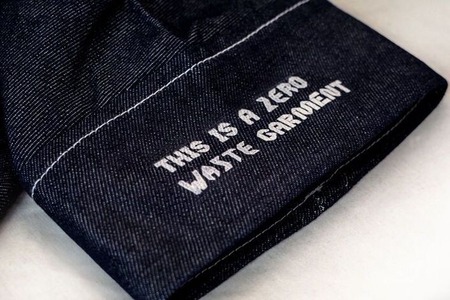
Indian textile sector witnessing increasing FDI inflows
YarnsandFibers News Bureau 2017-08-16 17:00:00 – New DelhiTextile, one of the oldest industries in the Indian economy dating back several centuries, is witnessing huge FDI inflows, according to Investment India, an initiative of the Centre to attract FDI. Increasing FDI is a reason to cheer for the sector which currently contributes about 14% to industrial production, 4% to GDP, and 17% to the country’s export earnings, according to the Annual Report 2016-17 of the Ministry of Textiles.
In 2013-14, the textile sector registered $194 million FDI inflows that have trebled in the fiscal year 2016-17 as the sector managed to receive $619 million FDI inflows during this period.
According to Nilanjani Roy of Investment India, the industry accounts for nearly 12% share of the country’s total exports basket.
FDI of up to 100% is allowed in the textiles sector through the automatic route. The FDI cell at the Economic Division of the Ministry of Textiles has also helped in attracting FDI in the textile sector.
Additionally, the government has taken various initiatives to promote the growth of the textiles industry in India. Some of these are Technology Up-gradation Fund Scheme (TUFS), the Scheme for Integrated Textile Park (SITP) and the Integrated Skill Development Scheme. TUFS is a flagship scheme of the Ministry of Textiles to leverage investments in technology up-gradation in the textiles and jute Industry, with a special emphasis on balanced development across the value chain.
The Integrated Skill Development Scheme, promoted by Prime Minister Narendra Modi to address the need for trained manpower in the textile industry and related segments, has also contributed in a major way to the development of the sector.
Some of the other initiatives taken by the Modi government to further promote the industry include introduction of a mega package for the powerloom sector, including social welfare schemes, insurance cover, cluster development, and upgradation of obsolete looms.
The Ministry of Textiles has also signed a memorandum of understanding with over 20 e-commerce companies, aimed at providing a platform to artisans. The government has also announced a slew of labour-friendly reforms.
The Indian textiles industry is extremely varied, with hand-spun and hand-woven textiles at one end of the spectrum, and capital intensive sophisticated mills at the other end.
The growth in FDI inflows into the textile sector has also led to growth in job prospects in the country. Currently, the textile industry employs about 51 million people directly and 68 million people indirectly and this is expected to further grow.
Market Intelligence
Ask for free sample Report

experience
Customer Base
dedicated team
Countries Served Worldwide







![Freitag unveils new Mono[P6] circular backpack](https://www.yarnsandfibers.com/wp-content/uploads/2024/04/Freitag.jpg)

